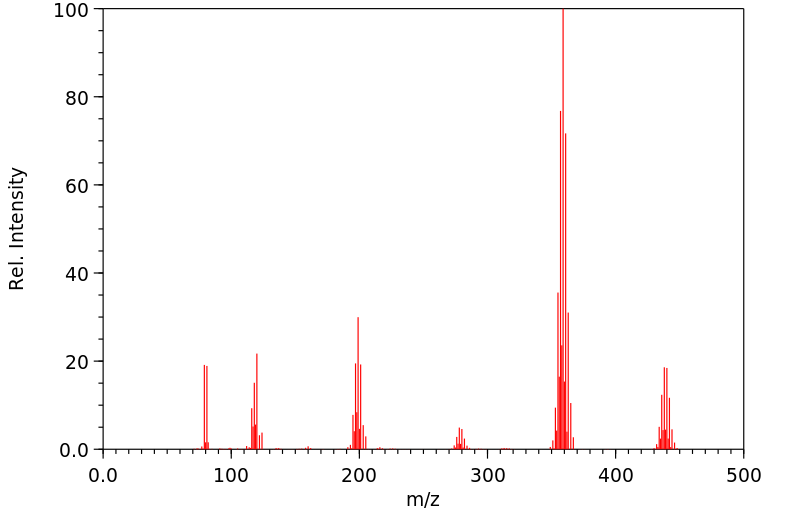代谢
尽管锡金属的吸收非常差,但锡化合物可以通过口服、吸入或皮肤途径被吸收,有机锡化合物的吸收速度远比无机锡化合物快。锡可能进入血液并绑定到血红蛋白上,在体内分布并在肾脏、肝脏、肺和骨骼中积累。锡及其代谢物主要通过尿液和粪便排出。溴主要通过吸入吸收,但也可以通过皮肤接触进入人体。溴盐可以摄入。由于溴的反应性,它很快形成溴化物并可能沉积在组织中,取代其他卤素。
Though tin metal is very poorly absorbed, tin compounds may be absorbed via oral, inhalation, or dermal routes, with organotin compounds being much more readily absorbed than inorganic tin compounds. Tin may enter the bloodstream and bind to hemoglobin, where it is distributed and accumulates mainly in the kidney, liver, lung, and bone. Tin and its metabolites are excreted mainly in the urine and feces. Bromine is mainly absorbed via inhalation, but may also enter the body through dermal contact. Bromine salts can be ingested. Due to its reactivity, bromine quickly forms bromide and may be deposited in the tissues, displacing other halogens. (L626, L308)
来源:Toxin and Toxin Target Database (T3DB)







